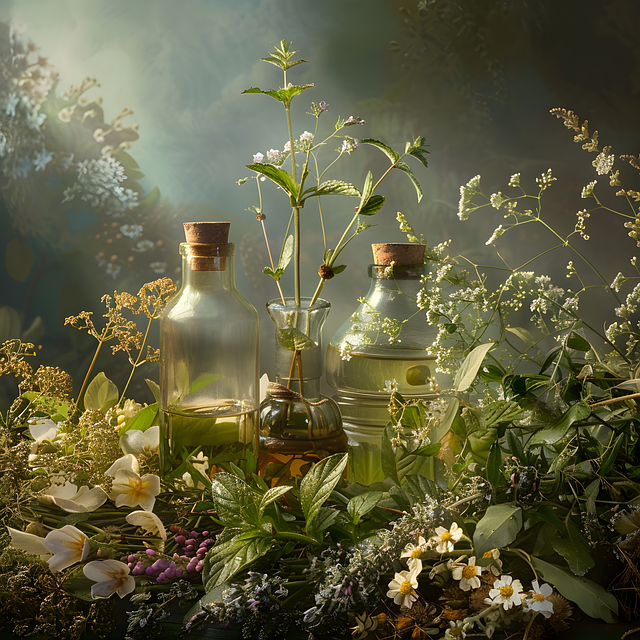In the course of research for my new book, the third in the Wise Women series, I discovered one of those wonderful serendipitous bits of knowledge a writer loves.
Herbal healing is a core part of both River Witch and The Herbalist’s Daughters, but in the new book the protagonist Rose rebels against all this ‘witchy’ stuff. However, when she volunteers as a VAD (Voluntary Aid Detachments) nurse in France in WW1, Rose discovers that her mother’s knowledge is useful after all.

The turn of the century had seen advancements in modern medicine. Reliance on natural remedies was very much on the wane. As Hester’s mother says in River Witch, when Hester suggests offering herbal remedies as a means to supplement the family income:
‘We have doctors in these times, Hester.’ Mother’s voice loses its lightness. ‘We have faith in medicine to cure the sick, not wizened old ladies with foul-tasting brews.’
Then came WW1 and an urgent need for vast quantities of medicines and medical supplies to deal with the appalling casualties. But supply chain disruptions meant it was impossible to obtain the quantities of things like antiseptics, painkillers and what antibiotics existed at the time (penicillin not being discovered until long after the war). In the rural areas of France and Belgium, herbal remedies were still part of local medical practices, and in the absence of any alternative, these remedies were adapted for wartime needs.
Here are some of the more common uses:
Garlic – to clean wounds and, because of its antimicrobial properties, stave off infection
Thyme – as an antiseptic
Willow bark for pain relief and to reduce inflammation – willow bark contains salicin, a sort of pre-aspirin
Chamomile for gastrointestinal issues, and to calm patients
Eucalyptus for respiratory infections, very common of course if you’ve been in a wet, muddy trench for weeks on end
Yarrow, called ‘soldier’s woundwort’, to staunch bleeding
Sphagnum moss – as an antiseptic dressing.
So great was the need, that the population in France and Belgium was encouraged to grow medicinal plants, which were collected and used in military hospitals.
Efficacy
Of course, the efficacy of such treatments would have varied depending on the plant and its preparation, neither of which could be standardised, so reliability was not to be guaranteed. But while many in the profession were sceptical, the practice renewed interest in the study of medicinal plants after the war and contributed to modern medicines. Probably the best known of these is foxglove (digitalis) which is the source of digoxin, used for heart treatments.
Some of this I was aware of, but it never hurts to be reminded. Thank you for the research you do – it is always fascinating and useful.
Sorry I didn’t see this earlier – you know why LOL. It’s always fun doing these bits and pieces of research, and I have to get it right else Averil is onto me 😀